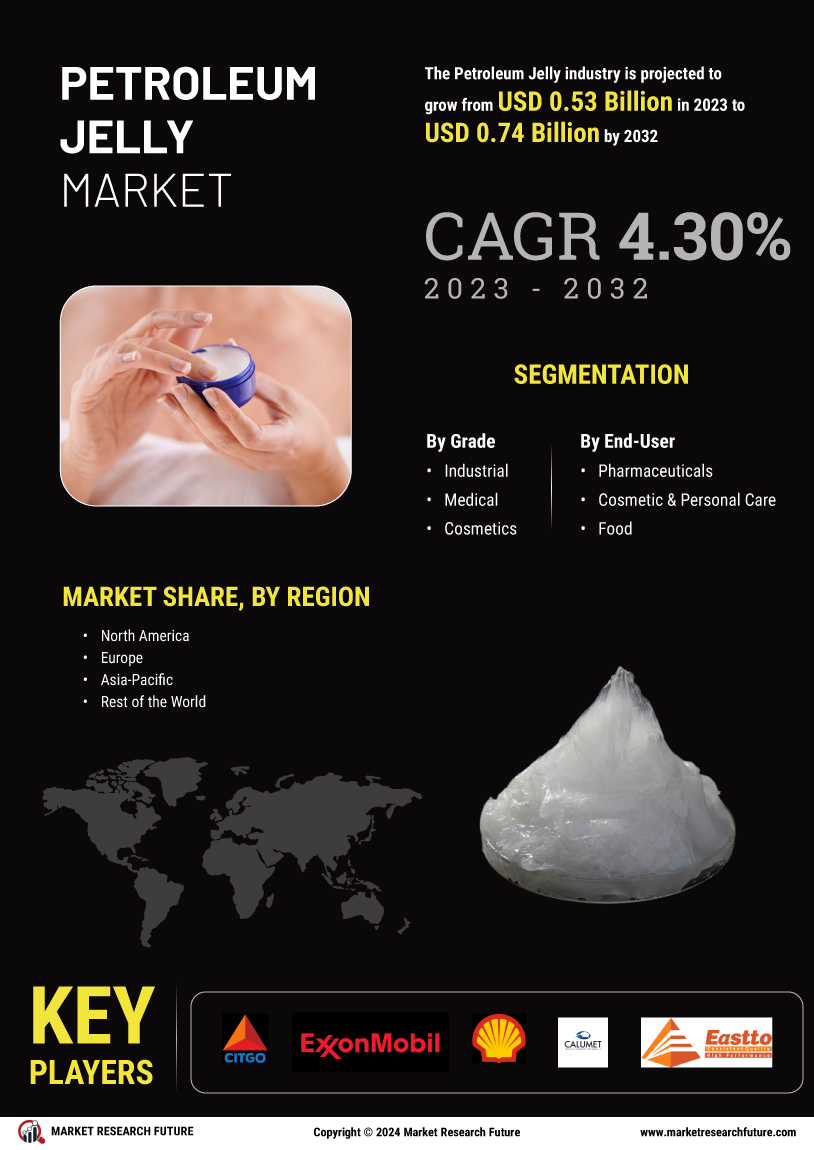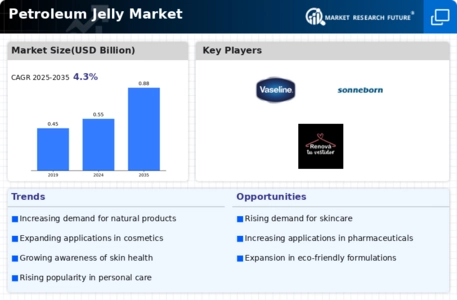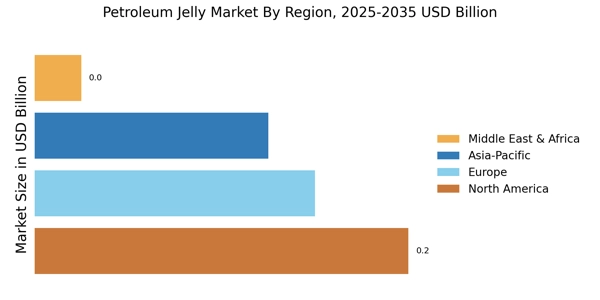Leading players in the Petroleum Jelly Market are focusing on product innovation, sustainability, and expanding their presence. Companies invest in research and development to create specialized formulations for various end-user industries, including personal care, pharmaceuticals, and food. Emphasis on sustainable sourcing, eco-friendly packaging, and adherence to quality standards contributes to diverse market developments. Strategic collaborations, mergers, and acquisitions are common, enabling these players to strengthen their market position, diversify their product portfolios, and adapt to evolving consumer preferences.
Manufacturing locally to minimize operational costs is one of the key business tactics used by manufacturers in the Petroleum Jelly industry to benefit clients and increase the market sector. In recent years, the Petroleum Jelly industry has offered some of the most significant advantages to medicine. Major players in the Petroleum Jelly Market, including CITGO Petroleum Corporation, Exxon Mobil Corporation, Royal Dutch Shell plc, Calumet Specialty Products Partners, L.P., Eastern Petroleum Pvt.
Ltd., Hindustan Unilever Limited, The Procter & Gamble Company, Vaseline (Unilever), Sonneborn, LLC and Renova and others, are attempting to increase market demand by investing in research and development operations.
CITGO Petroleum Corporation, a prominent player in the petroleum industry, contributes to the Petroleum Jelly Market. The company is involved in the refining, marketing, and distribution of various petroleum products, including Petroleum Jelly Market. With a focus on quality and innovation, CITGO serves diverse industries, such as personal care, pharmaceuticals, and industrial applications. Leveraging its refining capabilities, the company ensures the production of high-quality Petroleum Jelly Market for a range of end-users. CITGO's commitment to sustainability and adherence to industry standards further strengthens its position in the competitive Petroleum Jelly Market, offering reliable solutions to meet the diverse needs of its customers.
Hindustan Unilever Limited (HUL) is a leading player in the Petroleum Jelly Market, recognized for its diverse range of consumer goods. With a strong presence in the personal care segment, HUL offers Petroleum Jelly Market under brands like Vaseline. The company emphasizes product innovation, quality, and sustainability. Leveraging its expertise and distribution network, HUL caters to a wide consumer base in the personal care and pharmaceutical sectors.
The brand's commitment to meeting evolving consumer preferences and delivering effective skincare solutions positions Hindustan Unilever as a key contributor to the Petroleum Jelly Market, where Vaseline has become a trusted and widely used brand.


















Leave a Comment